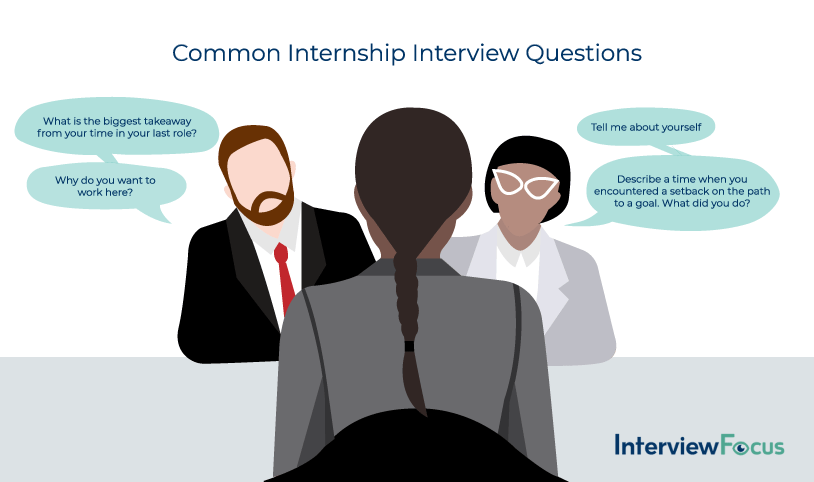

Securing my first internship at Brooklyn College marked a significant milestone in my career journey. With the invaluable assistance of my college professor, Stella Nicolaou, I was able to connect with my current team leader at the college. Professor Nicolaou provided me with the email contact, which led to a successful Zoom interview. During the interview, we discussed my skills, reviewed my portfolio, and talked about my availability and potential schedule. I introduced myself and shared my background in graphic design, which seemed to resonate well. The interview process was smooth and engaging, and I felt a strong connection with the team leader.
Immediately after the interview, I was given the exciting news that I would start working with Brooklyn College. I was provided with a link to the Brand guidelines to study and understand the college’s brand identity, which is crucial for my role. This immediate immersion into the brand’s guides allowed me to align my design work with the college’s values and standards. The internship has not only provided me with practical experience but also helped me grow professionally by understanding the importance of brand consistency and identity in design. This opportunity has been an invaluable step in my career, offering me hands-on experience and a chance to apply my skills in a real-world setting.
Images Credits
Interview Focus. (n.d.). Answering common internship interview questions. Retrieved July 17, 2024, from https://interviewfocus.com/answering-common-internship-interview-questions/
St. Augustine College. (2024, May 2). Benefits of being bilingual in the workplace. Retrieved July 17, 2024, from https://www.staugustine.edu/2024/05/02/benefits-of-being-bilingual-in-the-workplace/



